Increasing thermal performance
Buildings account for about 40 percent of our energy use – much of it tied up in the basic task of keeping people cool in the summer and warm in the winter. That’s why inefficient envelopes produce costly consequences, in both bloated energy bills and bigger carbon footprints. Still, most buildings lack the insulation necessary to tame weather extremes.
DuPont’s continuous insulation products are proven to reduce thermal bridging and increase the thermal performance of your building to keep an upper hand on heat and cold.

In a typical home, 25 percent of the wall’s surface consists of wood framing. It’s no knock on wood, but that’s where insulation is most likely to be lacking. And that’s where heat escapes and where trouble happens – such as condensation created by the clash of cold and hot air.
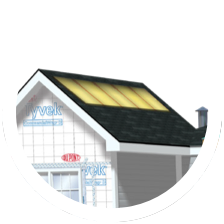
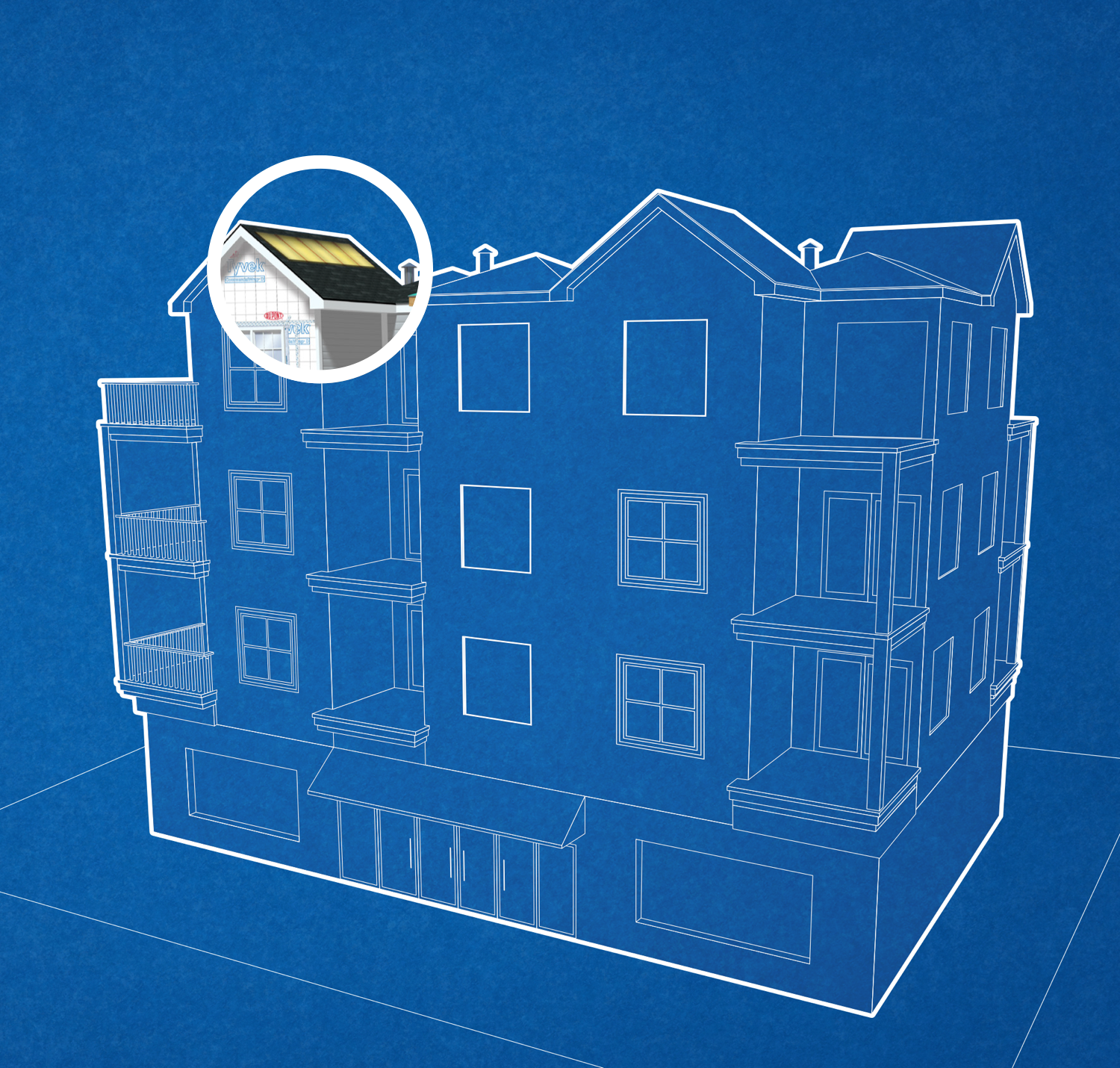
After the mortgage payment, heating and cooling costs are the most expensive part of owning a home. Investing in continuous insulation around the building envelope is a good bet for reducing energy consumption and making a homeowner’s money go further.
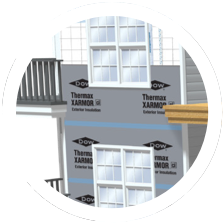

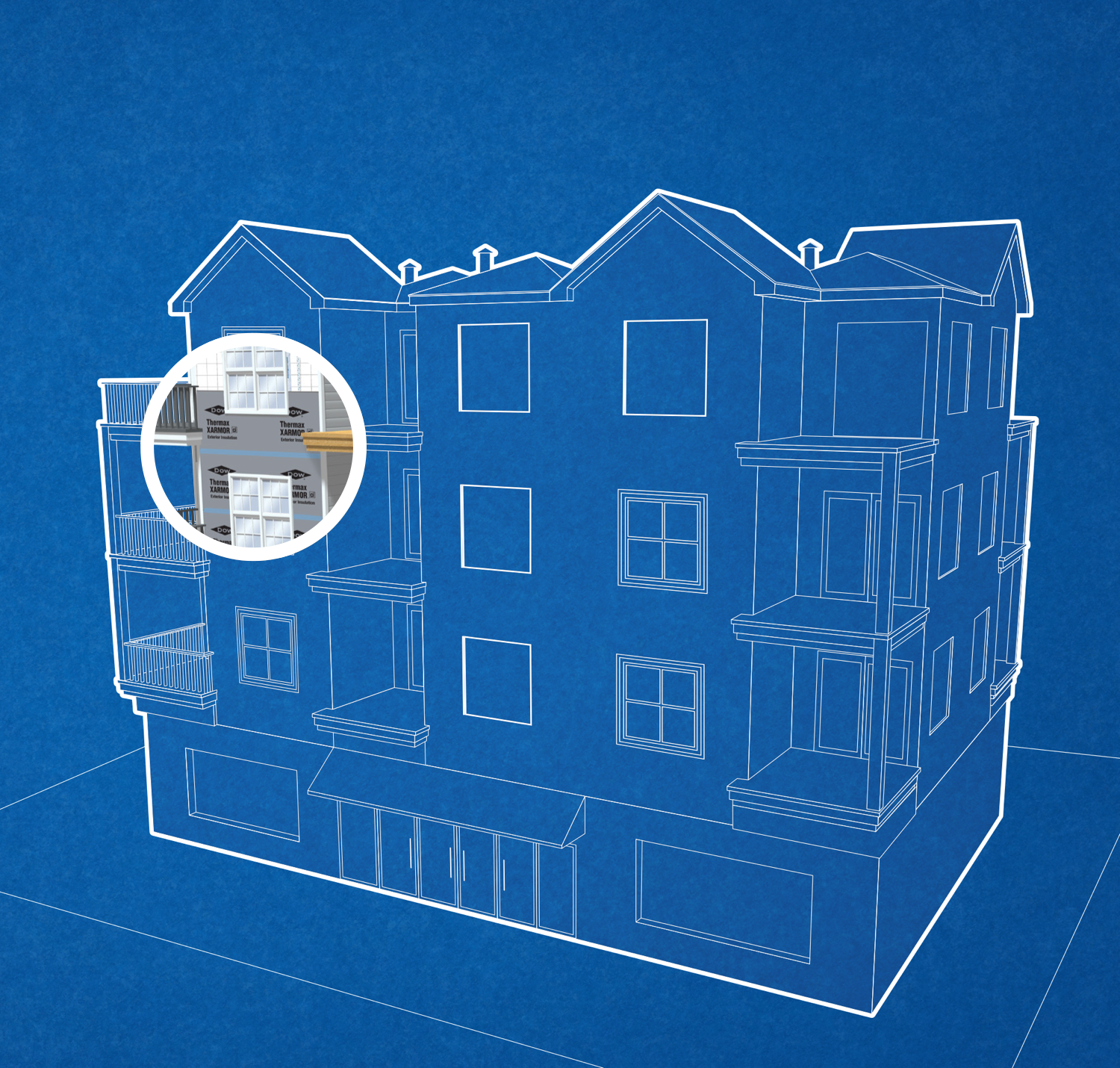
Fires are most fatal when people are sleeping and slow to pick up on the danger. Building with fire-resistant materials offers the first line of defense. Dupont products are designed to stall smoke and flames long enough to allow time to escape.
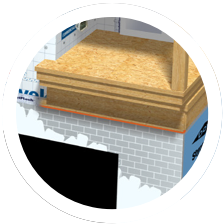

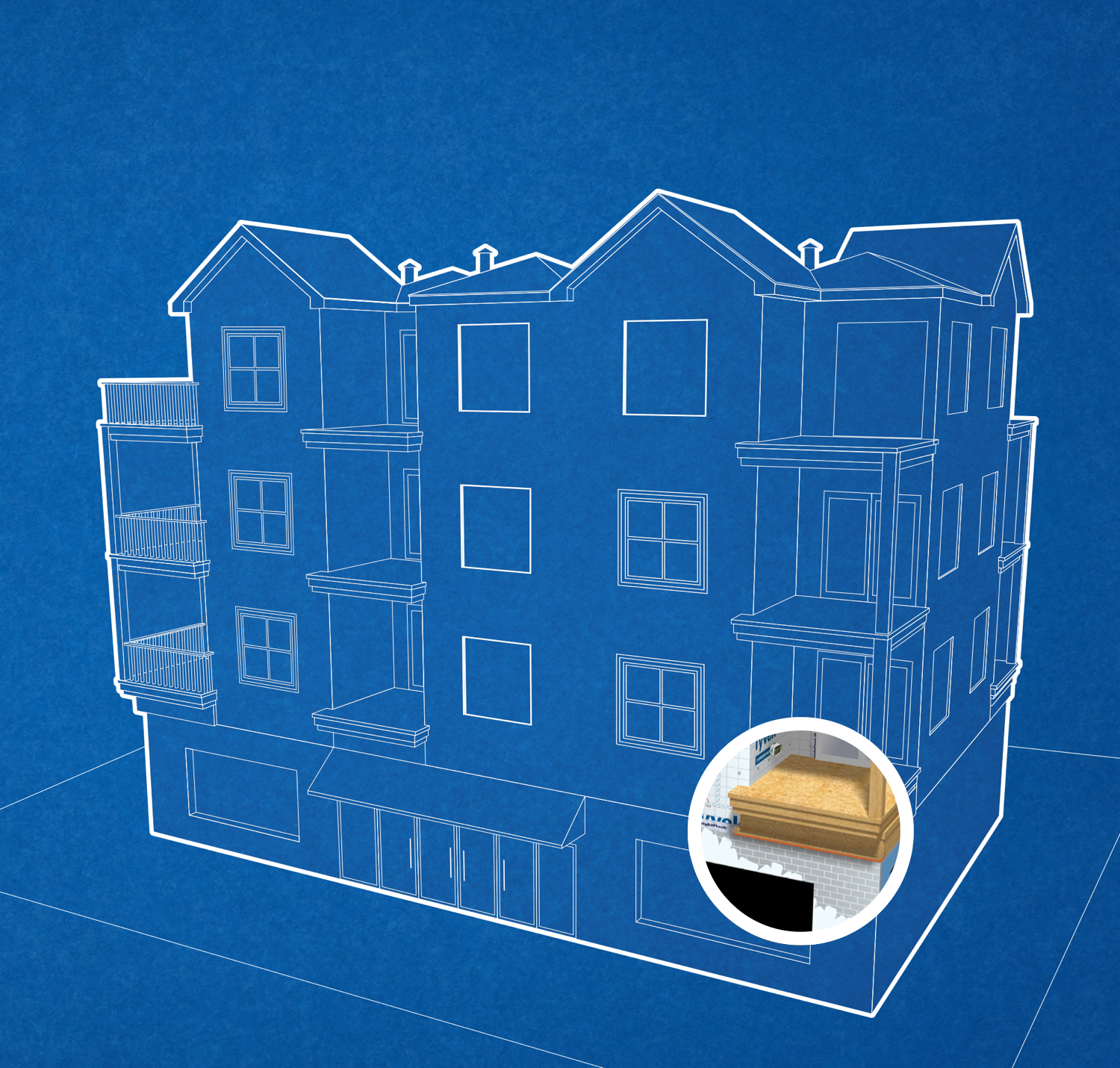
Outside air and moisture can undercut R-value in a structure by up to 63 percent. That’s why Tyvek® weather barriers can be a wall’s best friend. You’re protecting R-values with materials that block out unwelcome air while allowing condensation inside walls a chance to escape.
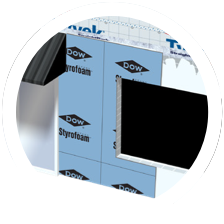

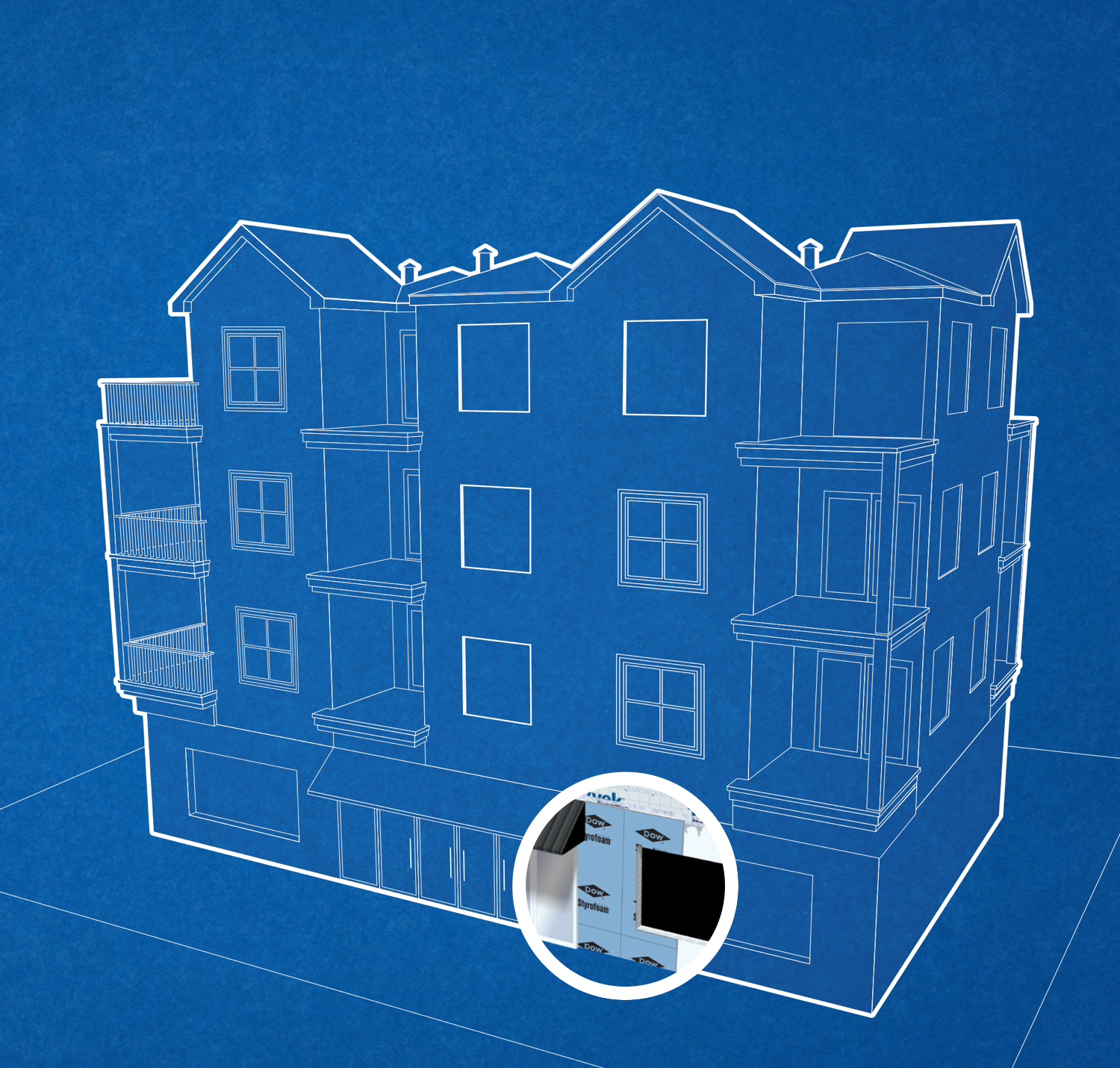
Closing the insulation gap
Saving energy – and much more
-
Achieving affordability from efficiency
-
Maintaining R-values
-
Managing heat flow
-
Reducing fire danger
Lost energy turns into lost cash if your project isn’t fully decked out to handle heat and cold. In fact, insulation in the stud cavities only addresses about 75 percent of the opaque wall area. Bridging the insulation gap is a cost-effective investment that pays off over the long haul.
With continuous insulation with products like DuPont™ Thermax™ XARMOR (ci), you’ll keep radiant heat inside during the winter, reflect warm air in the summer, and keep a lid on energy bills.
DuPont™ Styrofoam™ Brand XPS Insulation
DuPont™ Thermax™ (ci) Brand Insulation
Reputations can unravel with the wrong insulation. If you’re using fiberglass batt insulation, it loses R-value if it gets wet – opening the doors to let cold, heat and moisture inside.
Button up your buildings and your reputation with DuPont insulation products. Both lightweight and easy to handle, this durable, rigid board material protects commercial and residential projects against the impacts of air and water and is proven to increase R-value in exterior walls by 20 percent.
DuPont™ Thermax™ (ci) Brand Insulation
DuPont™ Styrofoam™ Brand XPS Insulation
Heat is always looking for a way out. And wood studs, left uninsulated, give heat an opening to pour through exterior walls – a concept known as thermal bridging – which drains energy efficiency.
Continuous insulation products like DuPont™ Thermax™ Brand Insulation and DuPont™ Styrofoam™ Brand XPS Insulation tackle the potential problem in two ways. While guarding against thermal bridging by wrapping your walls in an insulation blanket, they also keep moisture out, reducing the risk of mold or water-related damage.
DuPont™ Thermax™ Sheathing Foam Insulation
DuPont™ Styrofoam™ Brand XPS Insulation
Reducing fire danger
Comfort cuts two ways for the people inside any building. Using the right insulation and foam sealants not only keeps them protected from cold and heat, it can provide them with peace of mind.
DuPont™ Thermax™ brand insulation products are designed to meet NFPA 285 flammability standards for a wide range of two-story wall assemblies. And Great Stuff™ Fireblock is made to thwart flames and smoke in service penetrations.
DuPont™ Thermax™ Heavy Duty Foam Insulation
